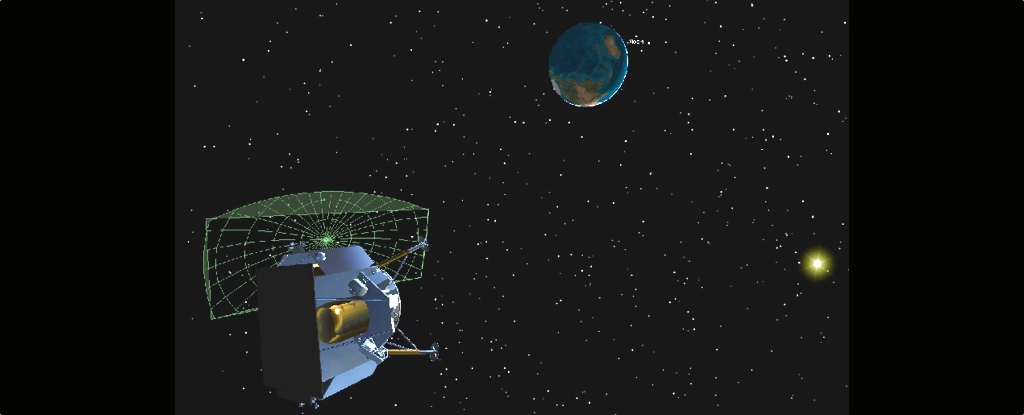A private US lunar lander that has been leaking fuel throughout its journey is now headed for Earth and will likely burn up in the atmosphere, the company said Saturday.
Astrobotic has been posting regular updates on the Peregrine lander's status since the start of its ill-fated voyage, which began when it blasted off on a brand new Vulcan rocket built by United Launch Alliance on January 8.
Shortly after it separated from the rocket, the spaceship experienced an onboard explosion and it soon became clear it would not make a soft lunar touchdown because of the amount of the propellant it was losing – though Astrobotic's team were able to power up science experiments they were carrying for NASA and other space agencies, and gather spaceflight data.
"Our latest assessment now shows the spacecraft is on a path towards Earth, where it will likely burn up in the Earth's atmosphere," the Pittsburgh-based company posted on X.
"The team is currently assessing options and we will update as soon as we are able."
The box-shaped robot has now been in space for more than five days and is currently 242,000 miles (390,000 kilometers) from our planet, Astrobotic added.
Space watchers have been following Peregrine's trajectory closely and many had hoped it might still make a "hard landing" on the Moon, as other failed landers have done before – though it's now clear that even that reduced goal won't be achieved.
In addition to science hardware, the spaceship is carrying cargo for private clients of Astrobotic, including a sports drink can, a physical Bitcoin, as well as human and animal ashes and DNA.
Astrobotic is the latest private entity to have failed in a soft landing, following an Israeli nonprofit and a Japanese company.
NASA had paid Astrobotic more than $100 million for carrying its cargo, under an experimental program called Commercial Lunar Payload Services. The overall goal is to seed a commercial lunar economy and reduce its own overheads.
Though it hasn't worked out this time, NASA officials have made clear their strategy of "more shots on goal" means more chances to score, and the next attempt, by Houston-based Intuitive Machines, launches in February.
Astrobotic itself will get another chance in November with its Griffin lander transporting NASA's VIPER rover to the lunar south pole.
© Agence France-Presse
- Adenman
-

 1
1



Recommended Comments
There are no comments to display.
Join the conversation
You can post now and register later. If you have an account, sign in now to post with your account.
Note: Your post will require moderator approval before it will be visible.